Table of content
Chow mein, a beloved staple of Chinese cuisine, has transcended borders to become a global favorite. Its appeal lies in its simplicity, versatility, and the harmonious blend of textures and flavors—crispy noodles, tender vegetables, and succulent proteins united by a savory sauce. While the dish may seem straightforward, achieving restaurant-quality chow mein at home requires attention to detail, from noodle selection to stir-fry technique. This comprehensive guide will walk you through every step of crafting the ultimate chow mein, ensuring your dish rivals any takeout version.
The Origins of Chow Mein
Before diving into the recipe, it’s worth exploring the roots of chow mein. The term “chow mein” derives from the Cantonese words chāu mǐng, meaning “stir-fried noodles.” Originating in northern China, the dish was traditionally made with wheat-based noodles, reflecting the region’s agricultural focus on wheat rather than rice. Early versions often featured simple ingredients like cabbage, meat, and scallions, stir-fried in a wok over high heat. As Chinese immigrants settled worldwide, chow mein evolved, incorporating local ingredients and preferences. Today, variations exist across continents, from the crispy American-style chow mein topped with a thick gravy to the lighter, vegetable-heavy iterations found in Southeast Asia.
Ingredients: Building Blocks of Flavor
The beauty of chow mein lies in its adaptability. Whether you’re a vegetarian, meat-lover, or pescatarian, the recipe can be tailored to suit your tastes. Below is a breakdown of essential components:
Noodles
The foundation of any chow mein is the noodle. Opt for fresh or dried egg noodles, which are typically yellow in color and have a springy texture. Fresh noodles (available in the refrigerated section of Asian markets) cook faster and offer a softer bite, while dried noodles are more convenient and have a longer shelf life. Avoid using spaghetti or instant noodles, as they lack the required chewiness. For a gluten-free alternative, rice noodles can be used, though the texture will differ slightly.
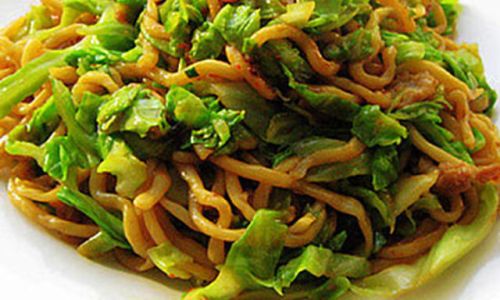
Proteins
Chicken, beef, shrimp, or tofu are popular choices. For chicken, use boneless thighs for juiciness; for beef, flank or sirloin steak sliced against the grain ensures tenderness. Tofu should be pressed and firm to prevent breaking during stir-frying.
Vegetables
A medley of vegetables adds color, crunch, and nutrition. Classic options include:
- Cabbage: Shredded napa or green cabbage for sweetness.
- Carrots: Julienned for a hint of earthy sweetness.
- Bell Peppers: Thinly sliced for vibrant color and crunch.
- Mushrooms: Shiitake or button mushrooms for umami depth.
- Bean Sprouts: For freshness and a subtle crunch.
- Onions & Garlic: Aromatic base for the sauce.
- Scallions: Chopped, for garnish and mild onion flavor.
Sauce
The sauce is the soul of chow mein, balancing salty, sweet, and umami notes. A typical mixture includes:
- Soy Sauce: Use light soy sauce for saltiness and dark soy sauce for color (optional).
- Oyster Sauce: Adds richness and depth.
- Sesame Oil: A few drops for nutty aroma.
- Sugar: A pinch to balance flavors.
- Shaoxing Wine: For complexity (can be omitted or replaced with dry sherry).
- Cornstarch: To thicken the sauce and coat the noodles.
Aromatics and Seasonings
Fresh ginger, garlic, and white pepper elevate the dish. For heat, add chili flakes or fresh chili peppers.
Step-by-Step Cooking Process
Preparing the Noodles
- Boiling: Cook noodles according to package instructions, aiming for al dente texture. Overcooking will result in mushy noodles.
- Rinsing: Drain and rinse under cold water to halt cooking. Toss with a teaspoon of sesame oil to prevent sticking.
- Optional Crisping: For a crispy texture, spread noodles on a baking sheet and bake at 375°F (190°C) for 10–15 minutes until golden. Alternatively, pan-fry in batches until crispy.
Marinating the Protein
- Chicken/Beef: Slice into thin strips. Marinate in a mixture of soy sauce, cornstarch, and a splash of oil for 15–20 minutes. This tenderizes the meat and locks in juices.
- Tofu: Coat in cornstarch and lightly fry until golden for added texture.
- Shrimp: Peel and devein, then pat dry to prevent steaming during cooking.
Prepping Vegetables
- Uniformity: Cut vegetables into thin, even strips to ensure even cooking.
- Blanching (Optional): For firmer veggies like carrots, a quick blanch in boiling water can soften them slightly before stir-frying.
Stir-Frying Technique
Stir-frying is a high-heat, quick-cooking method that preserves texture and flavor. Follow these tips:
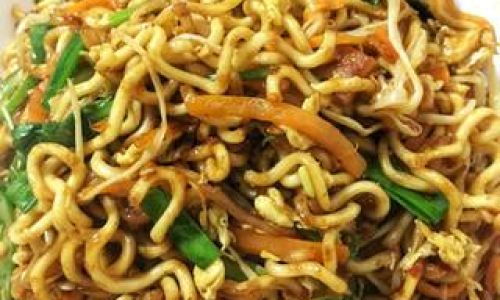
- Wok or Skillet: Use a carbon-steel wok or a large, heavy-bottomed skillet. Ensure it’s screaming hot before adding oil.
- Oil: Use a neutral oil with a high smoke point, like peanut or canola. Avoid olive oil, which can burn.
- Order of Cooking: Start with aromatics (garlic, ginger), then proteins, followed by vegetables. Add noodles last to prevent clumping.
Assembling the Dish
- Heat the Wok: Add 2 tbsp oil and swirl to coat.
- Aromatics: Stir-fry minced garlic and ginger for 30 seconds until fragrant.
- Protein: Add marinated meat or tofu. Sear until browned, then remove and set aside.
- Vegetables: Toss in harder veggies first (carrots, bell peppers), followed by quicker-cooking ones (cabbage, mushrooms). Stir-fry until tender-crisp.
- Noodles: Add noodles and sauce. Toss gently to coat, using tongs to separate strands.
- Reintroduce Protein: Return cooked meat/tofu to the wok. Add bean sprouts and scallions.
- Final Touches: Drizzle with sesame oil and adjust seasoning with white pepper or soy sauce.
Expert Tips for Perfect Chow Mein
- Noodle Texture: The goal is tender noodles with a slight chew. Avoid overcooking during boiling or stir-frying.
- High Heat: Maintain high heat throughout cooking to achieve wok hei, the smoky flavor associated with stir-fries.
- Don’t Overcrowd the Pan: Cook in batches if necessary to prevent steaming, which leads to soggy noodles.
- Sauce Consistency: The sauce should lightly coat the noodles without pooling at the bottom. Adjust cornstarch if needed.
- Customization: Experiment with proteins (try pork belly or duck) or veggies (bok choy, snow peas).
Variations to Explore
Vegetarian Chow Mein
Replace meat with extra-firm tofu or tempeh. Add edamame or water chestnuts for protein and crunch.
Spicy Szechuan Chow Mein
Incorporate Szechuan peppercorns, doubanjiang (chili bean paste), and fresh chili peppers. Garnish with crushed peanuts.
Singapore-Style Noodles
Add curry powder, shrimp, and shredded omelet strips for a fragrant, yellow-hued dish.
Low-Carb Chow Mein
Substitute noodles with shirataki (konjac) noodles or spiralized vegetables like zucchini or carrots.
Common Mistakes and How to Avoid Them
- Soggy Noodles: Undercook noodles during boiling and ensure the wok is hot enough to evaporate moisture quickly.
- Mushy Vegetables: Cook veggies in stages, starting with denser varieties. Overcooking releases excess water.
- Bland Flavor: Taste and adjust seasoning before serving. Add a splash of vinegar or sugar to brighten the dish.
- Uneven Cooking: Cut ingredients uniformly and preheat the wok properly.
Serving Suggestions
Chow mein pairs well with:
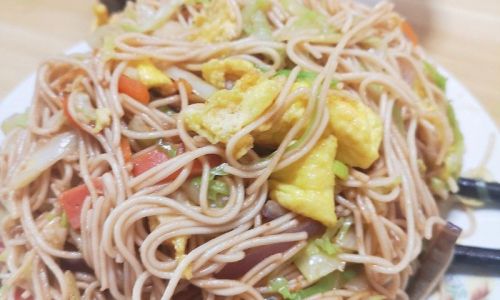
- Spring Rolls: For a crispy appetizer.
- Dumplings: Steamed or pan-fried.
- Soup: A light broth like egg drop or hot and sour.
- Pickled Vegetables: Tangy accompaniments like daikon or cucumber.
Garnish with sesame seeds, chopped cilantro, or a squeeze of lime before serving.
Storing and Reheating Leftovers
- Refrigeration: Store in an airtight container for up to 3 days.
- Reheating: Use a wok or skillet over high heat to recrisp noodles. Avoid microwaving, which softens texture.
Conclusion
Crafting the perfect chow mein is an art that balances precision and creativity. By mastering noodle preparation, stir-fry technique, and flavor layering, you can create a dish that’s both comforting and impressive. Whether you prefer it crispy or saucy, mild or fiery, this guide equips you with the knowledge to tailor chow mein to your palate. So grab your wok, sharpen your knife, and embark on a culinary journey that celebrates the timeless appeal of stir-fried noodles. Your kitchen will thank you, and your taste buds will rejoice.
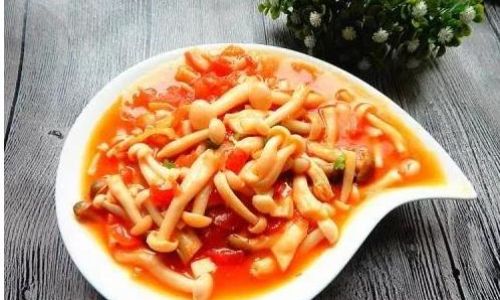
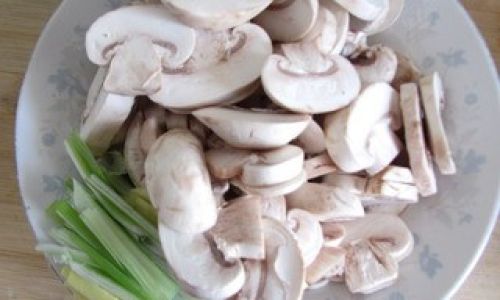
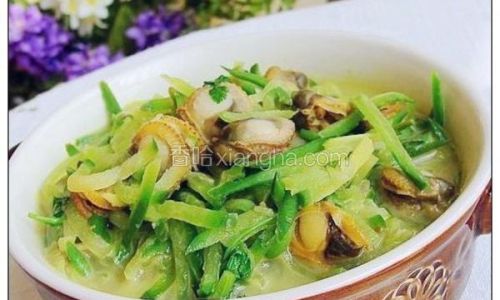
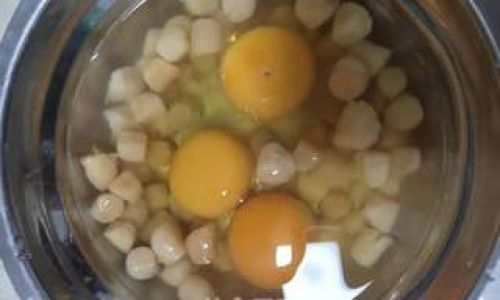
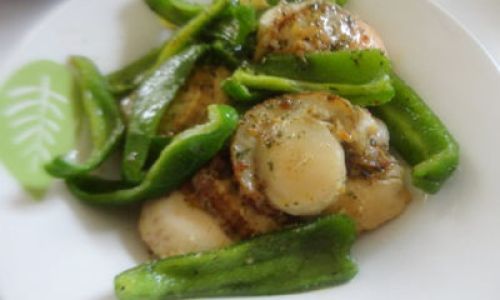
0 comments